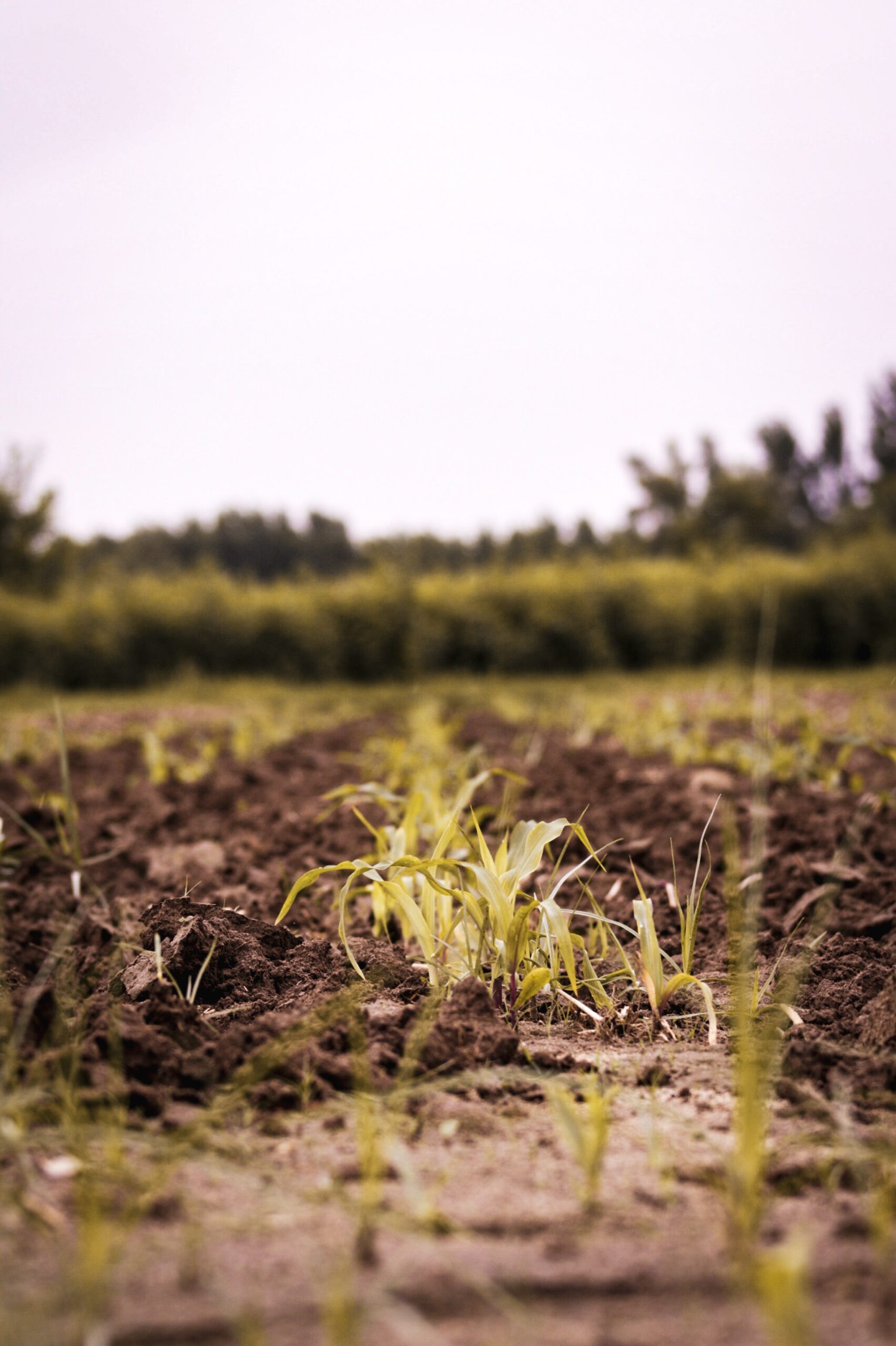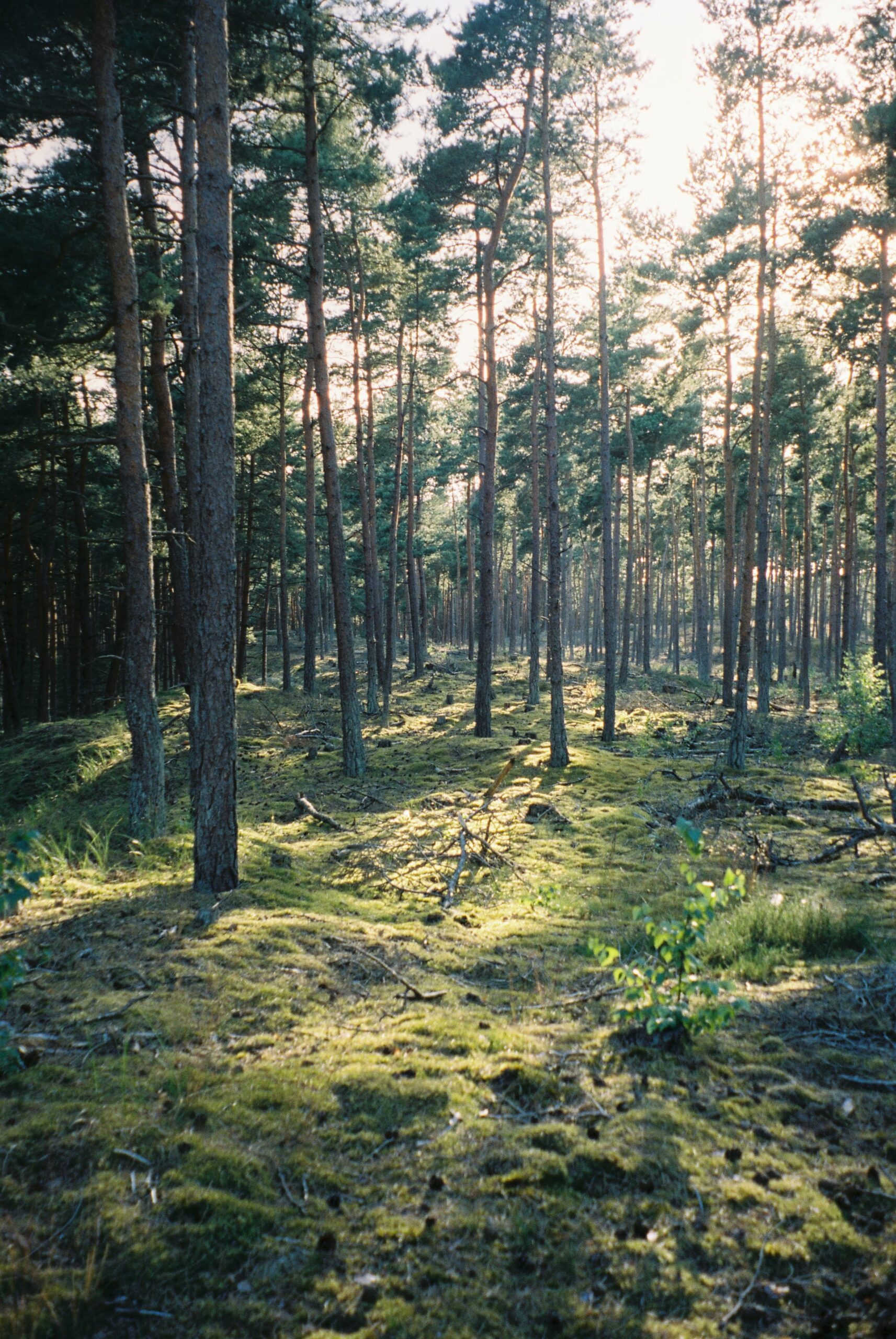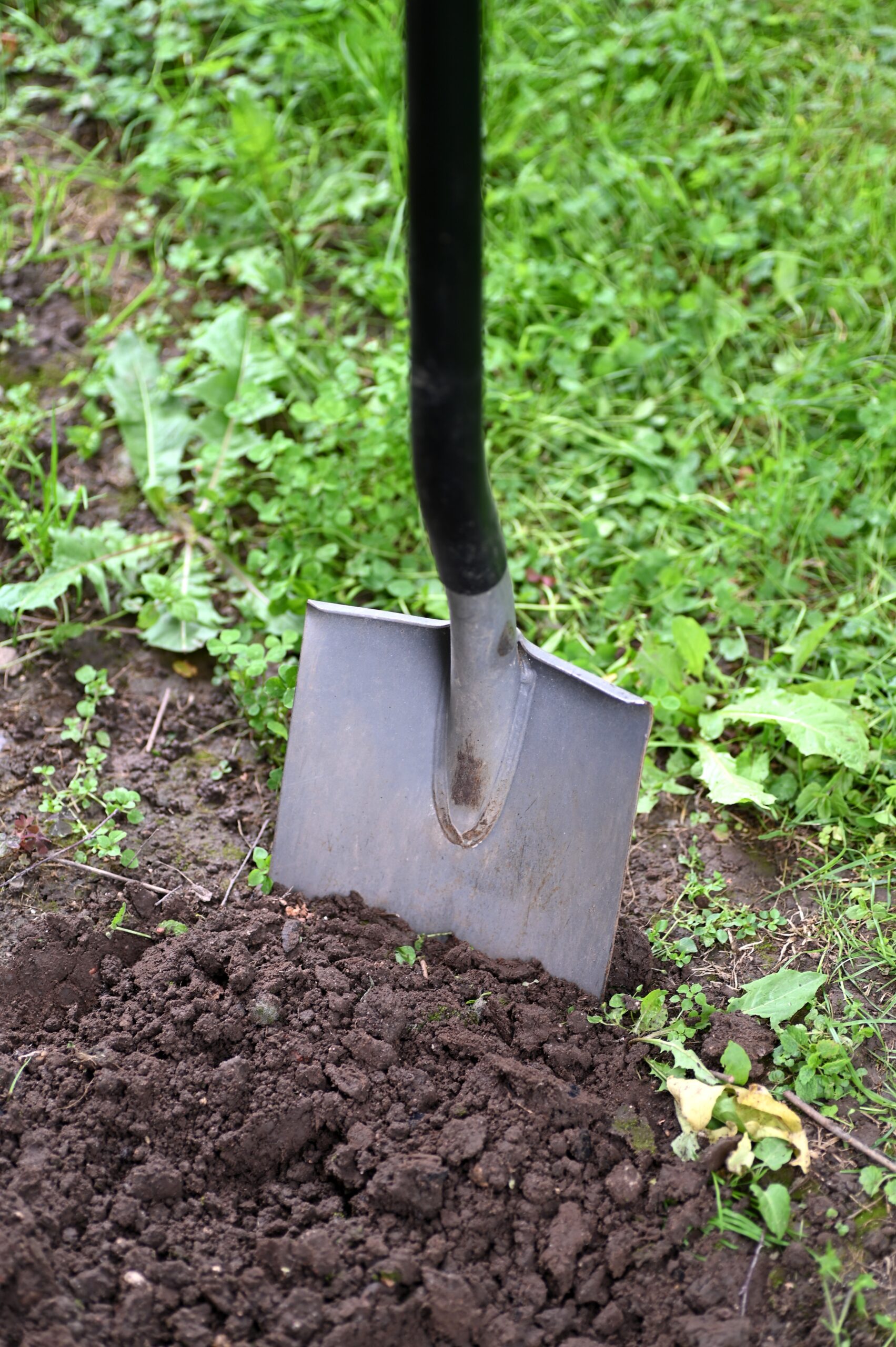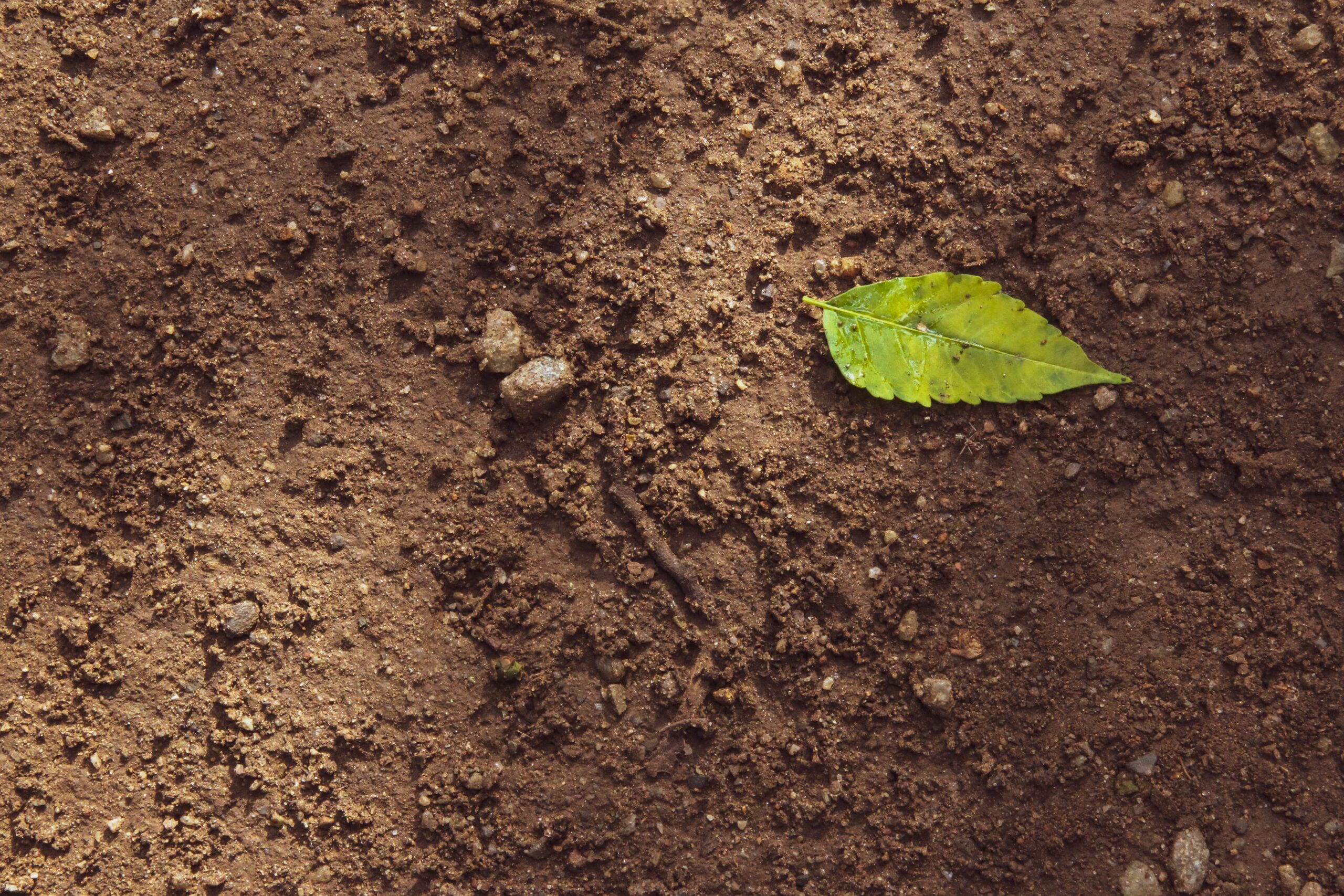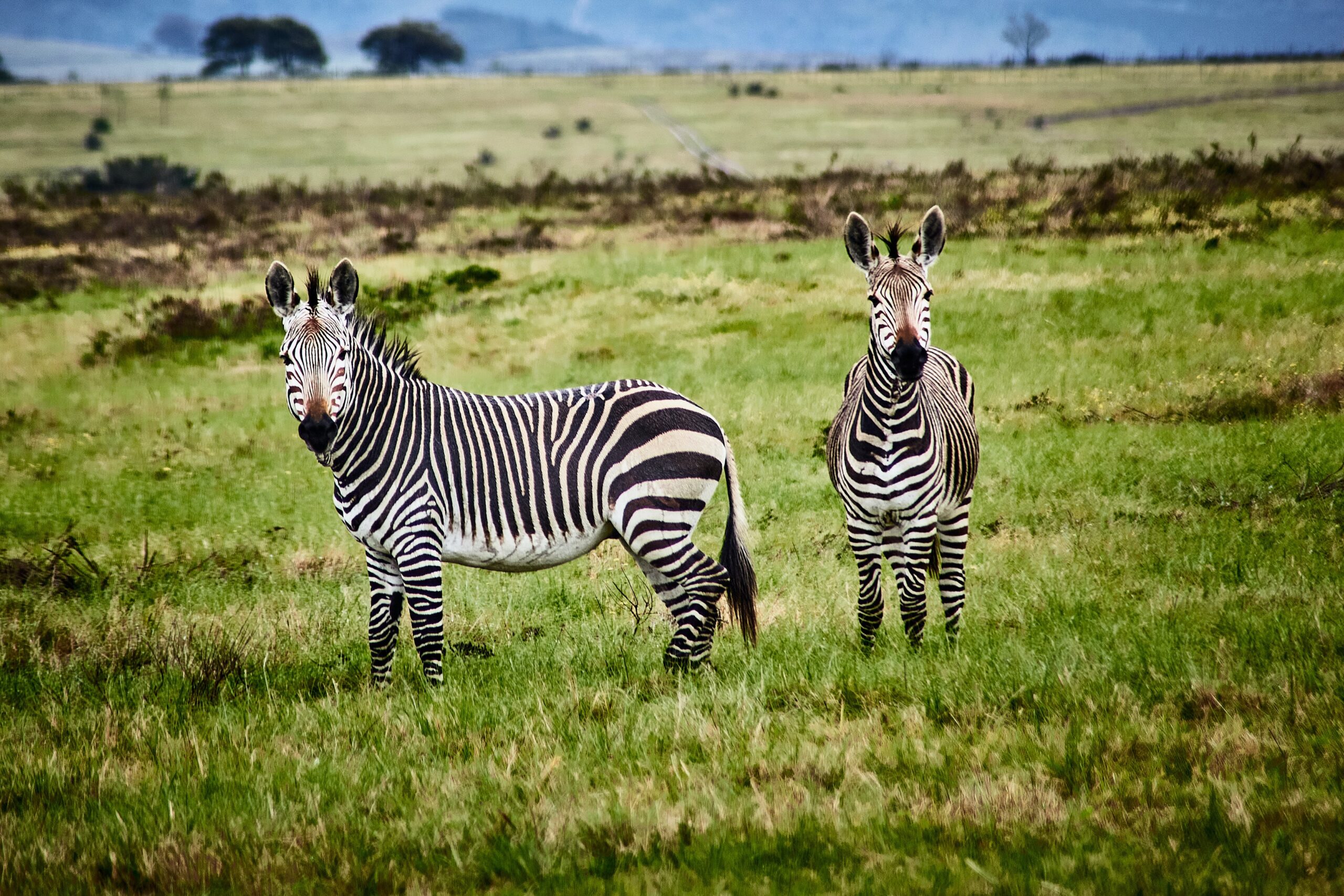There is a growing recognition for the significance of evolutionary thinking in ecology and conservation biology. However, ecology and conservation studies often work with species-specific, fixed traits that ignore intraspecific variation. The way the habitat of a species is considered is an example of typological thinking biased by human perception. Structural habitat units (e.g., land cover types) as perceived by humans may not represent functional habitat units for other organisms. Human activity may also interfere with the environmental information used by organisms. Therefore, the Umwelt-concept from ethology needs to be integrated in the way we think about habitat and habitat selection. It states that different organisms live in different perceptual worlds dealing with specific subsamples of the environment as a result of their evolutionary and developmental history. The resource-based habitat concept is a functional habitat model based on resource distributions (consumables and conditions) and individual movements. This behavioural approach takes into account aspects that relate to the perceptual world of organisms. This approach may offer new opportunities for conservation and may help avoid failures with habitat restoration. Perceptual ability may be subject to adaptive change, but it may also constrain organisms from showing adaptive behaviours in rapidly changing environments.
Changing organisms in rapidly changing anthropogenic landscapes: The significance of the ‘Umwelt’-concept and functional habitat for animal conservation
Year: 2012
























































































































































































































































































































































































































































































































































































































































































































































































































































































































































































































